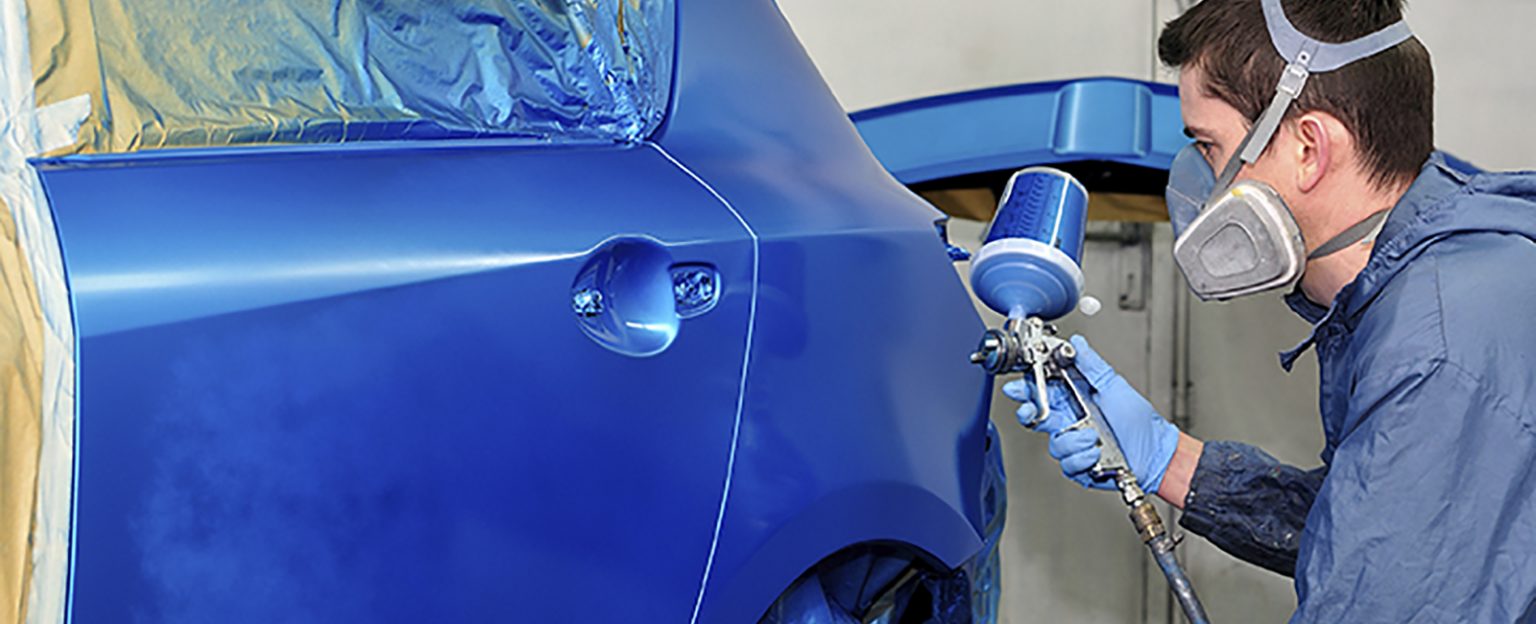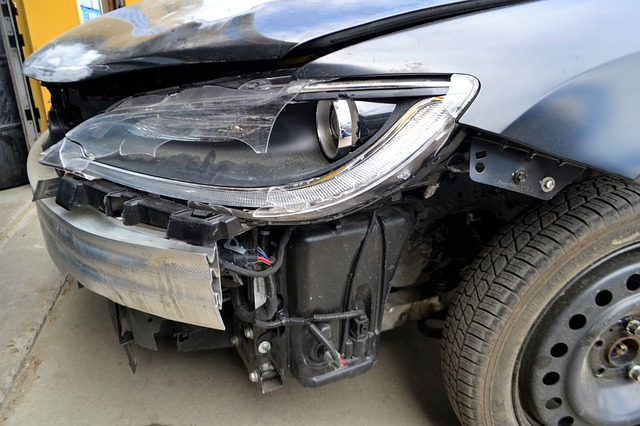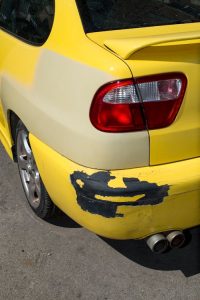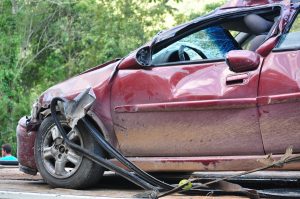Accidents happen, and when they do, getting your car back in top shape becomes a priority. Whether it’s a minor fender bender or a major collision, knowing the ins and outs of collision repairs can make the process smoother and more efficient. Here’s your guide to understanding and navigating expert collision repairs.
When your car has been in an accident, the first step is to assess the damage. Even minor collisions can result in hidden damage that needs addressing. A professional collision repair specialist can thoroughly inspect your vehicle and provide a detailed estimate for the necessary repairs.
Fiberglass Bodywork: Restoring Strength and Aesthetics
Fiberglass bodywork is crucial for repairing vehicles with fiberglass components, commonly found in sports cars and luxury vehicles.
- Initial Assessment: A professional will start by assessing the extent of the damage to the fiberglass. This involves checking for cracks, holes, and structural integrity.
- Repair Process: The repair process includes sanding down the damaged area, applying fiberglass resin, and then smoothing it out. This step is critical for ensuring the repaired area blends seamlessly with the rest of the vehicle.
- Finishing Touches: After the fiberglass repair, the area is primed and painted to match the vehicle’s color. Ensuring a perfect color match is essential for a flawless finish.
Vehicle Painting: Bringing Back the Shine

A fresh coat of paint can do wonders for your vehicle’s appearance. After repairs, vehicle painting is the next step to restore your car’s original look.
- Color Matching: Professionals use advanced color matching technology to ensure the new paint blends perfectly with the existing color. This step is crucial for maintaining the vehicle’s aesthetic appeal.
- Painting Process: The process involves sanding the repaired area, applying primer, and then painting. Multiple layers of paint are often applied to achieve a deep, even finish.
- Clear Coat Application: A clear coat is applied to protect the paint and give it a glossy finish. This step enhances the durability and appearance of the paint job.
Paintless Dent Repair: Fixing Minor Dents Without Repainting
For minor dents and dings, paintless dent repair (PDR) is a quick and cost-effective solution. PDR involves reshaping the metal without affecting the paint, making it ideal for small dents.
- Assessment: A professional assesses the dent to determine if PDR is suitable. PDR works best for dents where the paint is not damaged.
- Repair Process: The technician uses specialized tools to gently massage the dented area back to its original shape. This method is less invasive and preserves the vehicle’s factory finish.
- Efficiency: PDR is typically faster and less expensive than traditional dent repair methods, making it a popular choice for minor damage.
Bumper Repair: Fixing the Most Common Collision Damage
Bumpers often bear the brunt of collisions and can suffer from scratches, dents, and cracks. Repairing or replacing bumpers is a critical part of collision repairs.
- Damage Assessment: The professional evaluates the bumper damage to decide whether to repair or replace it. Small scratches and dents can often be repaired, while severe damage may require a replacement.
- Repair Techniques: For minor damage, techniques like sanding, filling, and repainting are used. Cracked bumpers can sometimes be repaired using plastic welding techniques.
- Replacement: If the bumper is beyond repair, a new one is installed and painted to match the vehicle’s color. Proper alignment and fitting are crucial for a seamless look.
Choosing the Right Collision Repair Shop
Selecting the right collision repair shop is essential for quality repairs. Look for shops with certified technicians, good reviews, and a reputation for excellent customer service.
- Certifications: Certifications from organizations like ASE (Automotive Service Excellence) indicate that the technicians have met high standards of expertise.
- Warranty: A reputable shop will offer a warranty on their work, giving you peace of mind that the repairs are done right.
- Customer Reviews: Check online reviews and ask for recommendations to find a shop with a proven track record of satisfied customers.
Bringing Your Vehicle Back to Life
Navigating collision repairs can be overwhelming, but understanding the process and knowing what to expect can make it much easier. From fiberglass bodywork to paintless dent repair, each step is crucial for restoring your vehicle to its former glory. Remember to choose a reputable repair shop with experienced professionals to ensure high-quality results. With the right care and attention, your car will be back on the road looking as good as new in no time.




